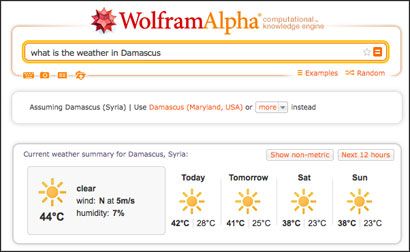

Note the prominence of radiation from I-131 and Te-132/I-132 for the first week. The portion of the total radiation activity (in air) contributed by each isotope versus time after the Chernobyl disaster, at the site. Thus highly dosed iodine supplements (usually potassium iodide) are given to the populace after nuclear accidents or explosions (and in some cases prior to any such incident as a civil defense mechanism) to reduce the uptake of radioactive iodine compounds by the thyroid before the highly radioactive isotopes have had time to decay. Due to its volatility, short half-life, and high abundance in fission products, 131I (along with the short-lived iodine isotope 132I, which is produced from the decay of 132Te with a half-life of 3 days) is responsible for the largest part of radioactive contamination during the first week after accidental environmental contamination from the radioactive waste from a nuclear power plant. In addition to commercial production, 131I (half-life 8 days) is one of the common radioactive fission products of nuclear fission, and is thus produced inadvertently in very large amounts inside nuclear reactors. Unavoidable in situ production of this isotope is important in nuclear reactor control, as it decays to 135Xe, the most powerful known neutron absorber, and the nuclide responsible for the so-called iodine pit phenomenon. The isotope 135I has a half-life less than seven hours, which is too short to be used in biology. All industrial production of radioactive iodine isotopes involves these four useful radionuclides. Most 129I derived radioactivity on Earth is man-made, an unwanted long-lived byproduct of early nuclear tests and nuclear fission accidents.Īll other iodine radioisotopes have half-lives less than 60 days, and four of these are used as tracers and therapeutic agents in medicine. Cosmogenic sources of 129I produce very tiny quantities of it that are too small to affect atomic weight measurements iodine is thus also a mononuclidic element-one that is found in nature only as a single nuclide. Its longest-lived radioactive isotope, 129I, has a half-life of 15.7 million years, which is far too short for it to exist as a primordial nuclide. Thank you for helping us improve Wolfram|Alpha.There are 37 known isotopes of iodine ( 53I) from 108I to 144I all undergo radioactive decay except 127I, which is stable. The issue you reported has been passed along to our development team for review. We appreciate your feedback regarding Wolfram|Alpha.
#WOLFRAMALPHA DOWN UPDATE#
Update 1: Standard form letter response has been received, so hopefully a further response will come shortly: If they ever get back to me, I'll post the response here. Perhaps the natural language processing is different between the two different areas.Īs an aside, I have submitted feedback to Wolfram Alpha to see what they say about it. Interestingly enough, the two 1 on 3 6-sided dice query generates the same probability but, after trying 50 dice rolls, the 1,1,1 combo never appeared. That certainly appears to be the case as it always has the 1,1 at the start. That gels with the precise probability given of 5/72 (15/216).Īs to why it's putting forward 1,1,1 when you throw the dice, I would say that is a a bug if it's meant to agree with the input.

That discounts the 1,1,1 solution which explains the disparity: 1 1 2-5 (5) I would suggest that it is interpreting 1,1 on 3 6-sided dice as exactly two 1's, not at least two. It's very unclear if it interprets as exactly 1,1 or at least 1,1.Īs pointed out, Wolfram Alpha answers with the same probability, but without the bug (1,1,1 does not show up as valid answer). This is especially unclear when you throw 5 dice and seeing 1,1,1,4,1 as valid result. The solution: 15/216 is correct, but the example box below shows 1,1,1 as possible result (press reroll a couple of times). "What are the odds of rolling exactly two 1's (and no more) with 5 dice?" ( ) But when showing the example roll on the bottom and pressing reroll, it does show up as a solution. Perhaps it interprets the question as exactly two ones. It seems the first does not seem take into account 1,1,1 as solution. (The question is "what are the odds of throwing at least two 1's with 3 dice") I believe these questions should yield the same answer:


 0 kommentar(er)
0 kommentar(er)
